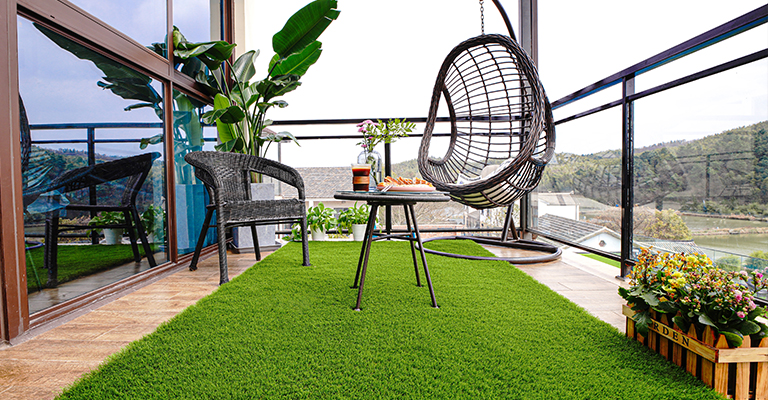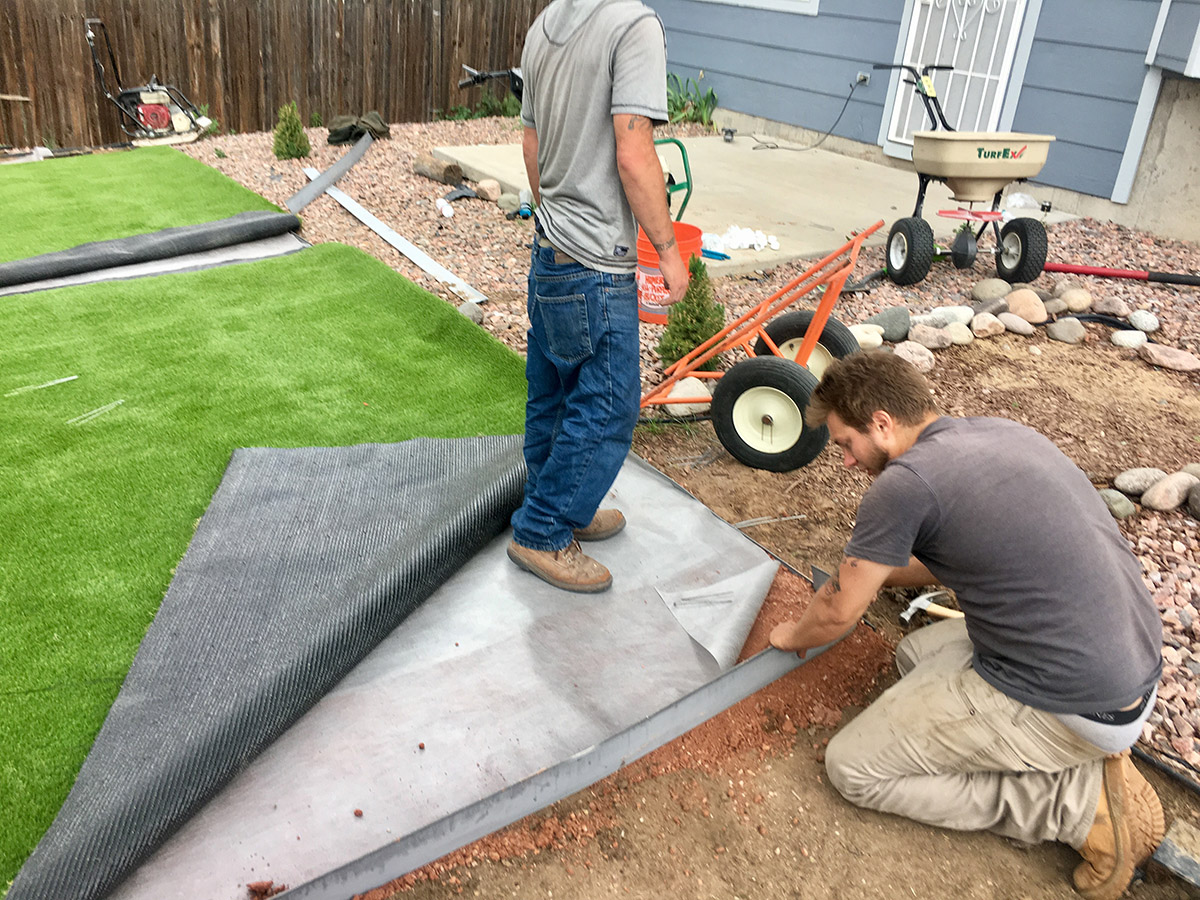Leading Phoenix Turf Companies Delivering Premium Synthetic Lawn Solutions
Leading Phoenix Turf Companies Delivering Premium Synthetic Lawn Solutions
Blog Article
See Why Homeowners Prefer Artificial Turf for Sustainable Landscaping Practices
As home owners progressively focus on sustainability in landscape design, synthetic grass has become an engaging alternative to conventional lawn. Its capacity to conserve water, decrease upkeep initiatives, and minimize environmental effect settings it as a sensible choice for those seeking environmentally friendly services. The visual allure and versatility of synthetic grass cater to diverse design preferences. Nevertheless, the ramifications of this change prolong beyond mere convenience and appearances, prompting a closer examination of just how these options affect broader environmental results. What remains to be discovered is the full extent of benefits that synthetic lawn can use to property owners and the environment alike.
Water Preservation Perks
Among the most considerable advantages of man-made lawn is its function in water preservation. Traditional lawn yards require significant quantities of water to preserve their lavish look, usually resulting in overuse of neighborhood water resources, specifically in arid areas. On the other hand, synthetic lawn eliminates this demand completely, as it does not call for irrigation. This not only saves water yet also lowers the strain on community water supply, particularly during dry spell conditions.
Additionally, the installment of synthetic grass can add to an extra lasting landscape. Homeowners can considerably reduce their water expenses, permitting for reallocation of sources to various other ecological efforts or household uses. Furthermore, fabricated turf is made to endure various weather conditions without the need for supplemental watering, making it a perfect choice for areas dealing with water scarcity.
The ecological advantages extend past instant water cost savings. By reducing water intake, synthetic grass aids to alleviate the impacts of environment modification, preserving vital ecological communities that are intimidated by excessive water removal. As sustainable landscape design methods gain traction, artificial lawn becomes a liable option for property owners looking for to produce environmentally friendly exterior areas.
Decreased Upkeep Efforts
Synthetic grass substantially reduces upkeep efforts contrasted to traditional yard yards. With artificial grass, house owners can remove the lengthy jobs associated with all-natural landscaping, such as mowing, feeding, and weeding. This not only conserves valuable time yet likewise reduces physical labor, making yard care easily accessible for individuals of every ages.
One of one of the most notable advantages is the lack of routine mowing. Traditional lawns need constant cutting to maintain a visually pleasing elevation, whereas synthetic grass stays consistently lush without the requirement for reducing. In addition, homeowners no much longer require to use chemicals or fertilizers, which are typically called for to maintain natural yard healthy. This shift not just lightens the work yet also advertises a neater, extra consistent appearance year-round.
In addition, synthetic grass is long lasting and resilient, calling for very little upkeep past occasional cleaning and rinsing to remove particles. This ease of upkeep allows home owners to enjoy their exterior areas without the constant fear of upkeep, giving more time for recreation and household activities. Inevitably, the decreased upkeep efforts linked with man-made turf make it an attractive option for those looking for a low-maintenance, aesthetically appealing landscape.

Ecological Effect Reduction
There is an expanding recognition of the environmental advantages related to artificial lawn, especially in terms of water preservation and minimized chemical usage. Conventional lawns require substantial amounts of water, especially in drought-prone areas, causing increased pressure on local water sources. On the other hand, fabricated grass eliminates the requirement for watering, drastically reducing water intake and promoting sustainability.
Furthermore, conventional yard maintenance commonly involves the application of herbicides, fertilizers, and chemicals, which can add to dirt and water contamination. Synthetic grass mitigates this environmental danger by calling for minimal upkeep and practically getting rid of the requirement for unsafe chemicals. This not just enhances soil health and wellness but also safeguards regional ecological communities from toxic runoff.
Moreover, the production of natural grass yards typically involves making use of nonrenewable fuel sources for mowing and landscape design equipment, additional adding to greenhouse gas emissions. By choosing artificial turf, property owners can considerably lower their carbon footprint linked with grass treatment activities.
Aesthetic Allure and Versatility
In enhancement to its environmental benefits, synthetic grass provides substantial aesthetic charm and versatility for landscaping. House owners can achieve a rich, green appearance year-round, removing the seasonal fluctuations generally related to natural lawn. This regular aesthetic not just enhances the visual allure of a building but likewise adds to a polished and well-kept look.
Moreover, synthetic grass is available in a range of shades, styles, and structures, permitting for customization to suit individual preferences and design motifs - Arizona artificial turf. Whether made use of in household yards, business areas, or entertainment areas, it can perfectly integrate into varied landscape design layouts, from contemporary minimalist to lush exotic setups
The adaptability of synthetic grass extends past plain appearance; it can be installed in numerous areas, consisting of rooftops, patios, and also indoor spaces, developing chances for unique landscaping solutions. In addition, it appropriates for a range look these up of tasks, from youngsters's backyard to pet-friendly settings, giving functionality without compromising style.
Ultimately, the visual allure and versatility of synthetic grass make it an attractive alternative for house owners seeking sustainable landscape design services that do not sacrifice more tips here elegance for ecological responsibility.

Long-Term Cost Financial Savings
One of the most compelling advantages of fabricated turf is its capacity for long-lasting price savings. Unlike natural lawn, which calls for regular maintenance-- consisting of mowing, watering, feeding, and insect control-- man-made lawn considerably minimizes these recurring expenditures.
Additionally, synthetic grass has a life expectancy of 15 to 25 years, relying on its top quality and use. This sturdiness lessens substitute prices, making it an extra affordable selection in the future. The first financial investment in fabricated lawn can usually be redeemed via the financial savings built up over time.
While the ahead of time price might seem higher compared to sod installation, the collective financial savings from lowered upkeep and water use commonly exceed these initial expenditures. Ultimately, the adoption of artificial grass not only promotes a lasting landscape design option yet likewise provides house owners an economically savvy alternative that straightens with long-lasting budgeting goals.
Conclusion
Synthetic grass becomes an engaging option for lasting landscaping, using considerable advantages in water preservation, lowered upkeep efforts, and lessened environmental influence. Its aesthetic allure and adaptability enhance the visual landscape while straightening with modern sustainability objectives. In addition, long-lasting price savings contribute to its good looks for house owners. As communities significantly focus on ecologically pleasant techniques, the adoption of man-made lawn represents a modern action towards attaining resistant and lasting landscapes.
Furthermore, fabricated lawn is designed to withstand various climatic conditions without the need for additional watering, making it an excellent choice for regions facing helpful hints water shortage. (Arizona artificial turf)

Artificial lawn arises as a compelling alternative for lasting landscaping, offering substantial advantages in water preservation, minimized maintenance initiatives, and decreased environmental effect.
Report this page